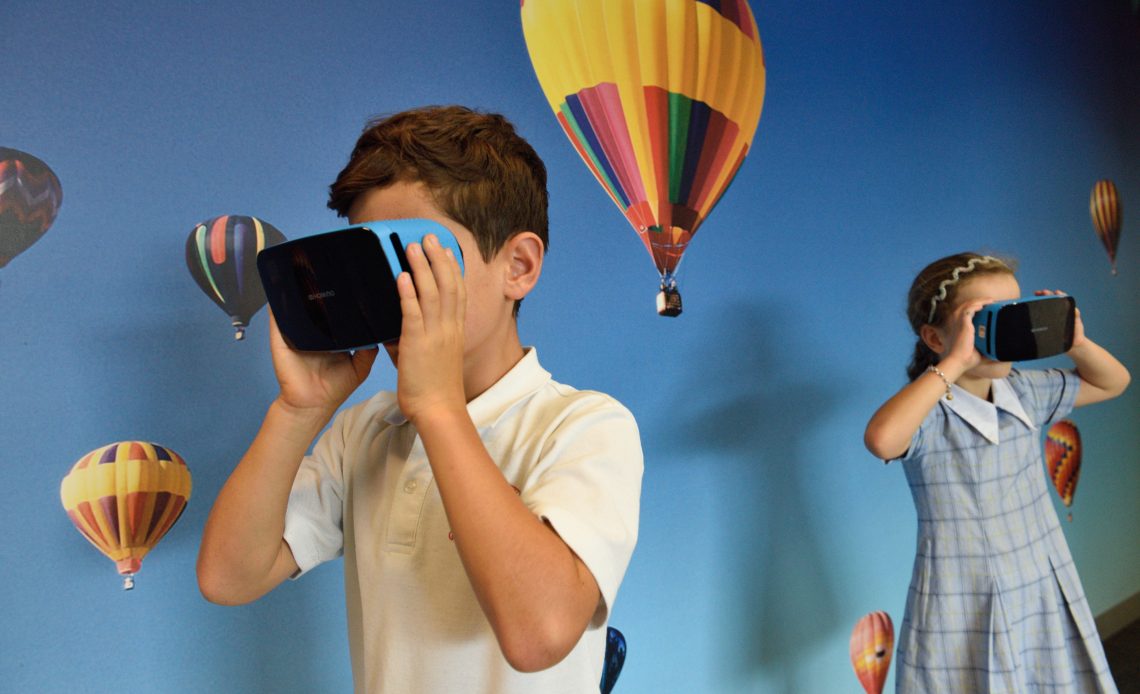
Education is our most powerful tool to improve and shape the society, but our education systems around the world face huge problems – from vastly unequal access or crises in teacher recruitment, to the growing costs of modernization or stalling social mobility.
Technology – designed, used and implemented effectively – is providing an increasingly sophisticated set of tools to help us address them.
NESTA, an innovation foundation in UK, recently released a report discussing technology utilization in education field in three different lenses: Scale, Schools and Governments (Foundations) by demonstrating international best practices. Here are key recommendations outlined in the report:
Summary of recommendations to reach scale:
- Design and test with the toughest conditions in mind, not the easiest. For technology companies this means reaching more users. For governments this means ensuring more equitable access.
- Invest in training and support alongside hardware and software. For companies, governments and foundations alike, this is a crucial requirement.
- Technology companies must balance consistency of offering alongside flexibility of context.
- Governments must invest in infrastructure to gather and use data more effectively and openly.
Summary of recommendations for motivating school buy-in, and advice for teachers leading change in their school:
For organizations seeking ‘buy-in’ from schools:
- Provide a clear vision driven by outcomes (not technology) that addresses an urgent need.
- Describe a credible path to delivery with high-intensity support during initial implementation.
- Create an opportunity for teachers to be part of a wider community or network of learning.
For teachers leading change in their school:
- It’s about the problem, not the technology.
- Don’t over-promise (and risk underdelivering).
- Time is precious. Try to find ways to free up colleagues’ time to allow them to get to grips with a new technology
- Take it slow. Where possible, find ways to introduce change slowly.
- Start with those most motivated.
- Teacher development should be ongoing, rather than a one-off event.
- Support peer-to-peer networks.
- Think about recruitment. Consider if an IT lead or similar resource might be required in the school.
- Allow funds for maintenance.
- Evaluate impact and give feedback.
Summary of recommendations for philanthropic foundations:
- Support riskier high-potential early-stage ideas through grant-funding.
- Plug gaps in funding pipeline with flexible and patient capital.
- Support business models or subsidize tools to reach those most in need.
- Prioritize experimentation alongside evaluation.
- Broker relationships between different school-system stakeholders.
Resources:
NESTA, “Making the most of technology in education. Lessons from school systems around the world”, 2019 https://media.nesta.org.uk/documents/Making_the_Most_of_Technology_in_Education_03-07-19.pdf

